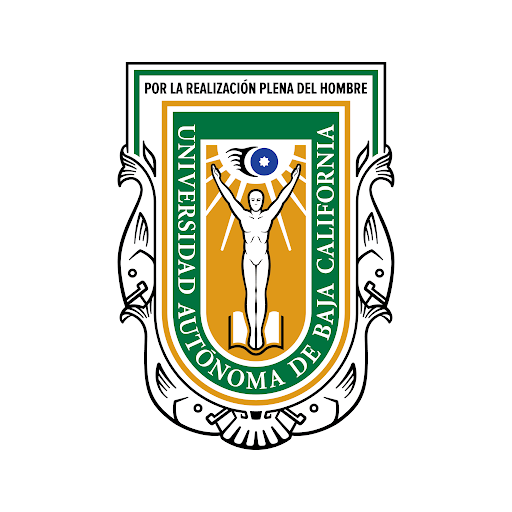
The UABC, founded in 1957, is a public state university, with a student population of 68,621; 66,504 undergraduate students and 2,117 postgraduate students, with full-time research teachers, subject teachers, academic technicians that total 6,171 academics as part of the active community. There are 146 undergraduate educational programs, 100% accredited for academic excellence; and 76 postgraduate programs, registered in the National Postgraduate System in Mexico.
The UABC is a University that constantly advances in terms of research, extension and connection, firm in the social responsibility of its context. Its main delivery modality is face-to-face, however through Innovation projects, innovative development plans and the academic community towards the transformation and updating of processes, the University migrates to the virtual modality, as an example there are bachelor’s programs and postgraduate. There is a centralized entity called the Digital Research and Learning Center that supports the Faculties for innovation processes, digital transformation and diversification of modalities. The organizational structure at the UABC is 1 school, 31 faculties of different areas of knowledge, 8 research institutes, 3 centers and 24 administrative units.
The University’s Digital Transformation of Organizations research group participates in the analysis, design, development and management for the digital transformation of organizations, proposing a complete model to achieve the construction, application and adoption of technology, with a goal particular that refers to the growth and benefit of public and private organizations in the various sectors of the context. Which allows the development of applied research based on the linkage and collaboration with sectors outside the University for the solution of regional problems mainly based on the digital divide, the lack of access to technology and the low percentages of technological appropriation. The research developed and applied in the research group allows the registration of products, models, instruments and various intellectual property records because it is based on obtaining results for the solution of technological and digital problems of various organizations. The possibilities of registration at the University were explored, from the possibility of single or shared authorship records with organizations, depending on the project being developed. Within the research group, the importance of registering products resulting from research in official instances through UABC is considered, especially due to the type of projects oriented to applied research and in connection with organizations, with the intention of replicating models, evaluations or developments in various work groups.

